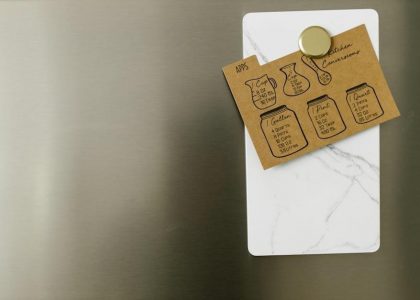A provisional patent application is a temporary legal document that provides a priority date for an invention, allowing inventors to refine their concept before pursuing full patent protection.
1.1 What is a Provisional Patent Application?
A provisional patent application is a temporary legal document submitted to the patent office, providing a placeholder for an invention. It allows inventors to file without the formalities of a non-provisional application, offering a cost-effective way to establish an early priority date. The provisional application is not examined and expires after 12 months, requiring a full non-provisional application to be filed within that period to maintain rights. It serves as a way to protect and secure intellectual property while allowing further development of the invention.
1.2 Importance of a Provisional Patent Application
A provisional patent application is crucial for securing intellectual property rights early. It provides a priority date, allowing inventors to claim their invention’s earliest conception. This can be vital in competitive fields, as it helps establish ownership. Additionally, it allows the use of “Patent Pending” status, deterring others from copying the invention. Filing provisionally also provides time to refine the invention and seek funding or partnerships before committing to the full patent process.
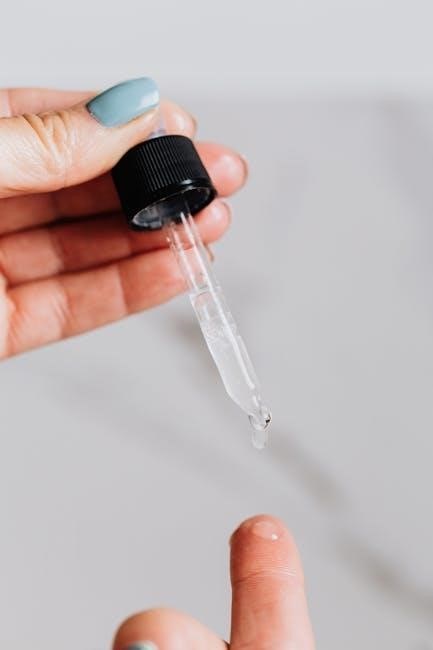
Advantages of Filing a Provisional Patent Application
Filing a provisional patent application offers several advantages, including securing a priority date, being cost-effective, providing flexibility, and allowing the use of “Patent Pending” status.
2;1 Priority Date and Patent Pending Status
Filing a provisional patent application establishes a priority date, which is crucial for protecting your invention during its development phase. This date ensures that your invention is considered “Patent Pending,” deterring others from copying it. The “Patent Pending” status provides legal protection and can enhance your invention’s marketability. Once filed, you have 12 months to submit a non-provisional application, allowing time to refine your invention. This period is essential for securing intellectual property rights effectively;
2.2 Cost-Effectiveness
Filing a provisional patent application is a cost-effective way to protect your invention. It generally requires lower fees compared to a non-provisional application, making it more accessible for inventors. This option allows you to delay the higher costs associated with the formal examination process. Additionally, it provides a 12-month period to further develop your invention or seek funding before committing to the more expensive non-provisional application. This makes it an attractive option for many inventors and businesses.
2.3 Flexibility in Invention Development
A provisional patent application offers flexibility, allowing inventors to refine their invention after filing. This 12-month window provides time to gather feedback, make improvements, or explore new applications. It enables adjustments to the design or functionality without rushing the process. This flexibility is particularly useful for technologies still in development, ensuring the final patent application accurately reflects the matured invention. It supports a dynamic approach to innovation and protection.
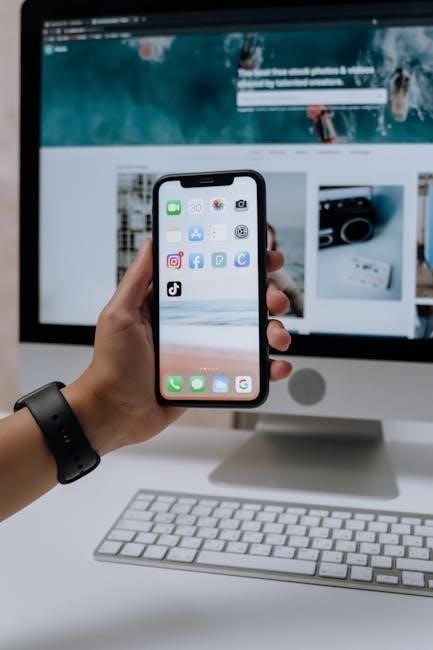
Disadvantages of Filing a Provisional Patent Application
Filing a provisional patent application lacks legal protection, as it doesn’t grant enforceable rights. It requires a non-provisional filing within 12 months, adding time and costs.
3.1 Lack of Legal Protection
A provisional patent application does not provide enforceable legal rights, as it is not examined by the patent office. This means inventors cannot sue for infringement during the provisional period. The application merely serves as a placeholder for a non-provisional filing, which is required within 12 months to secure full patent protection. Without converting to a non-provisional application, the provisional filing offers no legal recourse against third-party infringement, making it a critical limitation for inventors seeking immediate protection.
3.2 Time Constraints for Non-Provisional Filing
A provisional patent application requires filing a non-provisional application within 12 months to maintain rights. Missing this deadline forfeits the priority date and potential patent protection. Inventors must ensure timely conversion to avoid losing their intellectual property rights. This constraint emphasizes the importance of planning and meeting the one-year requirement to preserve legal and competitive advantages.
3.3 Potential Loss of Rights if Incomplete
A provisional patent application must be complete to preserve rights. If the application lacks essential details or drawings, it may not support a valid priority claim. This could result in the loss of intellectual property rights, as the non-provisional application relies on the provisional filing’s completeness. Incomplete applications can invalidate future patent protection, emphasizing the need for thorough disclosure of the invention’s scope and functionality.

The Process of Filing a Provisional Patent Application
The process involves preparing a detailed description of the invention, including drawings, and submitting it to the USPTO. Applicants can file online or by mail, paying the required fees. Once submitted, the USPTO reviews the application for completeness, not patentability. Applicants receive a confirmation and a “Patent Pending” status, valid for 12 months, during which a non-provisional application must be filed to pursue full protection.
4.1 Preparing the Application
Preparing a provisional patent application involves drafting a detailed description of the invention, including drawings, diagrams, or flowcharts. The text should clearly describe the invention’s purpose, functionality, and unique features. While less formal than a non-provisional application, it must still provide enough detail for the Patent Office to understand the invention fully. Include technical specifications, materials, and methods, but avoid unnecessary prior art or claims. Ensure the application is thorough to maintain future patent rights and consider using templates for efficiency.
4.2 Filing the Application
Filing a provisional patent application is typically done electronically through the United States Patent and Trademark Office (USPTO) using the EFS-Web system. The application must include the provisional patent specification, drawings, and a cover sheet with applicant details. A filing fee is required, varying based on the applicant’s entity size (e.g., micro, small, or large). Once submitted, the USPTO assigns a provisional application number and sends an acknowledgment. This step secures the “Patent Pending” status and establishes a filing date.
4.3 Next Steps After Filing
After filing a provisional patent application, the USPTO will confirm receipt and provide an application number. Applicants then have 12 months to file a non-provisional patent application to maintain priority. During this period, inventors can refine their invention, seek feedback, and explore commercial opportunities. The “Patent Pending” status can be used to deter competitors and attract investors. It’s crucial to keep records of further development and ensure all disclosures align with the provisional filing for seamless conversion to a non-provisional application.

Costs Associated with Provisional Patent Applications
Filing a provisional patent application typically costs between $65 to $150 for micro entities, with additional fees for incomplete applications or conversion to non-provisional status.
5.1 Attorney Fees
Attorney fees for preparing and filing a provisional patent application typically range between $2,000 to $5,000, depending on the complexity of the invention and the lawyer’s expertise. Experienced patent attorneys ensure detailed and accurate disclosure, which is critical for future non-provisional filings. While these costs may seem high, they are essential for protecting intellectual property effectively. Fees may vary based on location, industry, and the scope of legal services required. Hiring a skilled attorney is a worthwhile investment for inventors seeking robust patent protection.
5.2 Official Fees
The official fees for filing a provisional patent application are relatively low, typically around $65 for a micro entity. This fee is paid to the United States Patent and Trademark Office (USPTO) during the filing process. Additional fees may apply for multiple dependents or excess claims. While these costs are lower than those for non-provisional patents, they are still essential for completing the filing process. Always verify the latest fee schedule on the USPTO website for accuracy.

Provisional Patent Application Templates
Provisional patent application templates are available for free online, offering a structured format for inventors. These templates typically include sections for invention details, drawings, and claims, guiding applicants through the process effectively. Using a template ensures all necessary information is included, improving the likelihood of a successful application.
6.1 Free Templates Available Online
Several websites offer free provisional patent application templates in PDF format, helping inventors draft their applications efficiently. These templates are often provided by legal firms, inventor resources, or patent offices. They typically include sections for background, detailed description, claims, and drawings. Using a template ensures compliance with formatting requirements and saves time. Inventors can download these templates, fill in the information, and submit them to the appropriate patent office. This resource is invaluable for those seeking to protect their inventions cost-effectively.
- Templates are available on official patent office websites.
- They include fillable fields and example content.
- Templates guide inventors through the drafting process.
6.2 Key Sections of a Provisional Patent Template
A provisional patent template typically includes essential sections to effectively describe the invention. The title provides a concise overview, while the background of the invention explains the problem and its significance. The detailed description outlines the invention’s operation, materials, and functionality. Figures and drawings visually represent the invention, enhancing clarity. The advantages section highlights the invention’s benefits over existing solutions. Additionally, the various embodiments showcase potential adaptations or improvements.
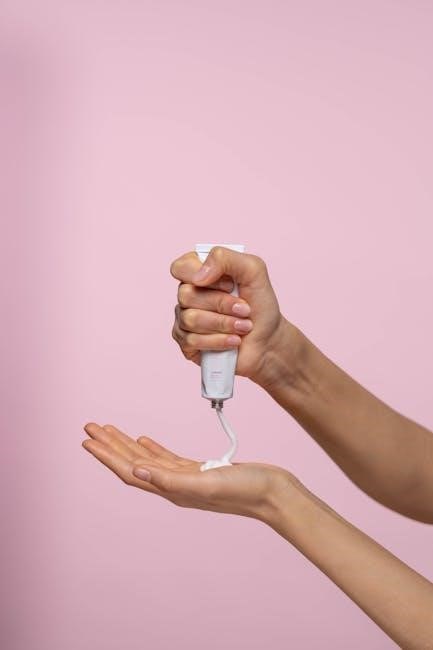
Examples of Provisional Patent Applications
Provisional patent application examples in PDF format are widely available online, showcasing real-world inventions across industries like technology, medical devices, and engineering. These examples provide a clear template and demonstrate how to structure and describe inventions effectively for legal protection.
7.1 PDF Examples of Provisional Patents
PDF examples of provisional patents are actual filed applications converted to PDF format, showcasing the structure and content. These examples are available on the USPTO website or legal databases. They include detailed descriptions, drawings, and claims, providing a practical guide for inventors. By reviewing these examples, applicants can understand how to present their inventions effectively. These PDFs serve as valuable references for drafting provisional patent applications, ensuring clarity and completeness in the disclosure.
7.2 Real-World Applications Across Industries
Provisional patent applications are widely used across various industries to protect innovative ideas. For example, in the tech industry, startups often file provisional patents for software algorithms or app designs. In the medical field, companies may use them for device prototypes or drug delivery systems. Similarly, in engineering, provisional patents might cover new mechanical inventions. These real-world applications demonstrate how provisional patents provide early protection, allowing inventors to refine their ideas before pursuing full patents. Examples of such applications can be found in PDF formats online, showcasing their practical utility across diverse sectors.
Common Mistakes to Avoid
- Overlooking the importance of detailed technical drawings in the provisional patent application example PDF can lead to unclear claims.
- Failing to disclose all unique aspects of the invention reduces the application’s effectiveness.
- Not proofreading the provisional patent application example PDF for errors can result in rejection or misinterpretation of the invention.

8.1 Inadequate Disclosure of the Invention
Inadequate disclosure is a common mistake in provisional patent applications. Failing to provide sufficient detail about the invention can lead to weak or invalid patent claims later. The application must thoroughly describe the invention, including its technical aspects, drawings, and any alternative embodiments. If the disclosure is too vague or incomplete, it may not support the claims in a non-provisional application, potentially leading to loss of rights or patent invalidation.
Always ensure clarity and completeness.
8.2 Poor Writing and Lack of Clarity
Poor writing and lack of clarity in a provisional patent application can lead to misunderstandings and weaken the patent’s enforceability. Vague descriptions fail to establish a clear scope of the invention, making it difficult for examiners to assess its novelty and non-obviousness. Ambiguous language can result in broad interpretations, potentially invalidating the patent later. Incomplete or unclear disclosures may also cause legal challenges. To avoid this, use precise terminology, define key terms, and provide detailed descriptions of the invention’s functionality and implementation. Including diagrams or visual aids can enhance clarity and ensure the invention is accurately represented.
8.3 Missing Deadlines
Missing deadlines is a common mistake that can have serious consequences for provisional patent applications. The U.S. Patent and Trademark Office (USPTO) requires that a non-provisional application be filed within 12 months of the provisional filing date. Failure to meet this deadline results in the loss of the priority date and the ability to claim “Patent Pending” status. This oversight can jeopardize intellectual property rights and delay the patent granting process. Proper time management and legal advice are essential to avoid such errors.

How to Write a Provisional Patent Application
To write a provisional patent application, include a detailed description of your invention, drawings, and any necessary diagrams. Use clear, concise language to explain its functionality and novelty.
Ensure all innovative aspects are covered, and avoid vague statements. Consider including a background section to contextualize your invention within its field.
Attach any relevant supporting documents, such as prior art references or experimental data, to strengthen your application. Review and edit thoroughly before submission.
Consult a patent attorney for professional guidance to ensure compliance with USPTO requirements and to maximize the application’s effectiveness in securing intellectual property protection.
9.1 Understanding the Requirements
To effectively draft a provisional patent application, it is crucial to understand the requirements. The application must include a detailed description of the invention, drawings or diagrams if necessary, and a background of the invention. The disclosure should be clear and complete, enabling a person skilled in the field to replicate the invention. While formal claims are not required, the application must sufficiently describe the invention’s scope and functionality. Consulting a patent attorney can ensure compliance with these requirements and enhance the application’s quality.
9.2 Best Practices for Drafting
When drafting a provisional patent application, use bullet points for clarity and conciseness. Include detailed descriptions of your invention’s functional and operational aspects. Add flowcharts or diagrams to visually explain complex concepts. Ensure all technical terms are well-defined to avoid ambiguity. Maintain a logical flow between sections, starting with the background and progressing to detailed embodiments. Keep language simple and jargon-free to enhance readability. Always review and edit for accuracy and completeness before submission.
9.3 Review and Finalization
Thoroughly reviewing your provisional patent application before submission is crucial. Ensure all invention details are accurate and complete. Check for clarity and consistency in descriptions and diagrams. Compare your draft with a provisional patent application example PDF to verify structure and content. Address any ambiguities or omissions. Finalize by ensuring compliance with patent office requirements. Consider consulting a patent attorney for a professional review. This step minimizes errors and strengthens your application, preparing it for submission and potential conversion to a non-provisional patent.
A provisional patent application is a strategic tool offering a priority date and cost-effective protection. It allows inventors to secure their ideas while refining them. Always ensure a well-drafted application to avoid future disputes and consult a patent attorney for proper guidance.
10.1 Summary of Key Points
A provisional patent application example PDF serves as a guide for inventors to understand the structure and content required. It typically includes sections like background of the invention, detailed description, and drawings. The example highlights the importance of clarity and completeness in describing the invention. It also demonstrates how to present claims and abstracts effectively. The PDF format allows for easy reference and ensures inventors can follow a standardized approach when drafting their own applications.
10.2 Final Thoughts on Provisional Patent Applications
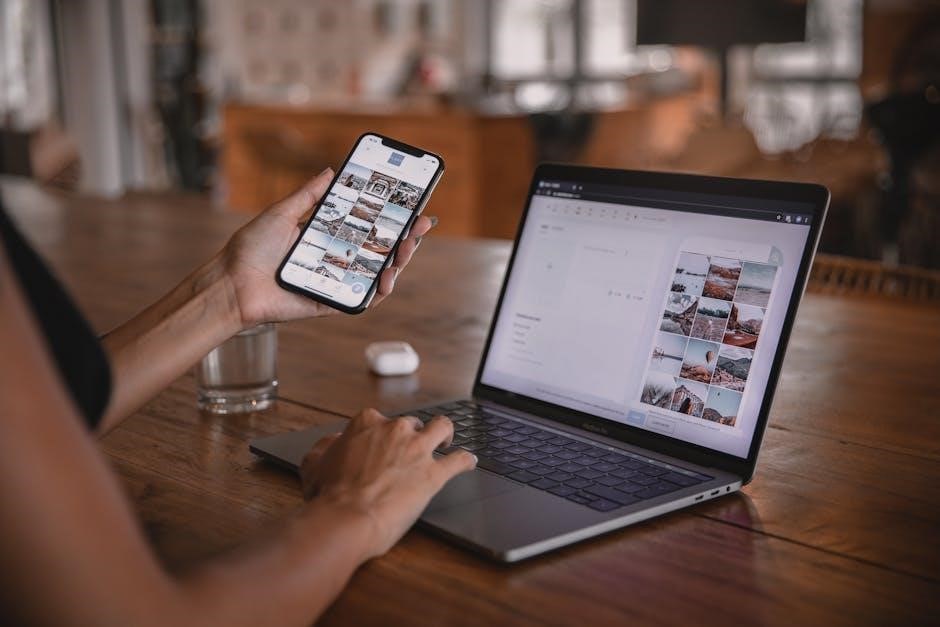
A provisional patent application is a strategic tool for inventors and businesses to secure early protection and leverage “Patent Pending” status. While it doesn’t grant full rights, it provides a cost-effective way to safeguard innovations temporarily. Inventors should use this period to refine their ideas and seek professional help for non-provisional filings. Remember, a provisional application is just the first step; timely conversion is crucial to maintain rights. Always consult legal experts to ensure compliance and maximize protection.




